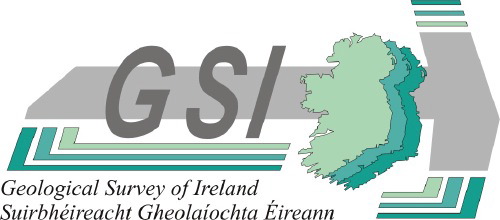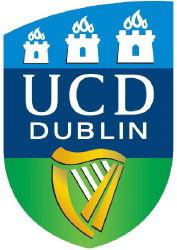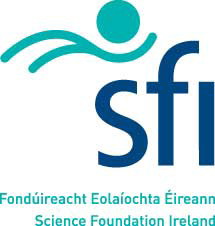For a pdf version of the description please see here. For the final report please see here.
Tellus Border Electromagnetic Data
Background
The collection of airborne electromagnetic (EM) data is a common surveying technique used to assist geologists to interpret subsurface geology, structure, mineralization and contamination. Airborne EM surveying is an induction technique where a known current is circulated in a coil (transmitter) and the response of the earth to this current is measured in another coil (receiver) – both coils are housed within the aircraft. EM surveys are commonly carried out in either the frequency domain (where the effects are measured at different frequencies) or in the time domain (where the effect of the current in the earth is measured at different times when the transmitting current is turned off). The former are often referred to as FEM while the latter are often referred to as TEM. In the case of FEM, two parameters for each frequency are measured – the in-phase component and the out of phase (or quadrature) component. The measurements are given in ppm (parts per million) of the transmitted field strength (measured in V or more commonly mV). Apparent resistivity, or its inverse apparent conductivity, and apparent depth can be calculated from these data which are more readily amenable to interpretation of the data in terms of geology, etc.
The Geological Survey of Ireland (GSI) along with the Geological Survey of Northern Ireland (GSNI) carried out a FEM survey over six counties in Ireland close to the border with Northern Ireland. The project is part of a larger project funded by the EU (INTERREG IVA) and known as the Tellus Border project.
Measurements were collected at four different frequencies (approximately 0.9, 3, 12 and 25kHz). Prior to presenting the data the raw data is ‘corrected’ for many factors, including altitude, temperature, instrument drift, etc.
The interpretation of this data is commonly carried out using specialist software packages where the data is used to produce resistivity models of the subsurface. These models are then interpreted in terms of rock types, their boundaries with one another, and other features such as mineralization or contamination. However, solutions are non-unique and it is helpful to have some a priori knowledge of the area being studied. Such information may come from outcrops, drill holes with depths to particular geological units, or physical property data such as the electrical resistivity of the different rock units. For each data point a 1D model can be determined which comprises resistivity variations with depth (down to a depth of about 50 to 60m in the case of the survey carried out by the Tellus Border project). The resistivity estimate is used to interpret (assign a rock type) the geological nature of the earth. This can be aided (constrained) by known rock units in the region.
Problem to be addressed
When GSI, GSNI and its geophysical contractors and consultants have attempted to carry out interpretations of the EM data it has not been possible to develop sensible models. We have identified some issues: (i) Strong peaks of signal at the low-frequency readings, apparently correlated spatially but not due to human activity. (ii) Regions of high spatial variability of low-frequency readings, which look like noise.
GSI asks the European Study Group with Industry:
1. To determine if the FEM data can be used to obtain a sensible and robust resistivity model so that the data can be used to aid the geological interpretation of the subsurface; and
2. To develop approaches that can be used routinely to develop such models.
The data collected over the whole survey area will be available for the Study Group. Moreover, data was collected along a test line where surveying flights at five different heights and on a number of dates were conducted throughout the project. This can be used to assist validation of the models.







